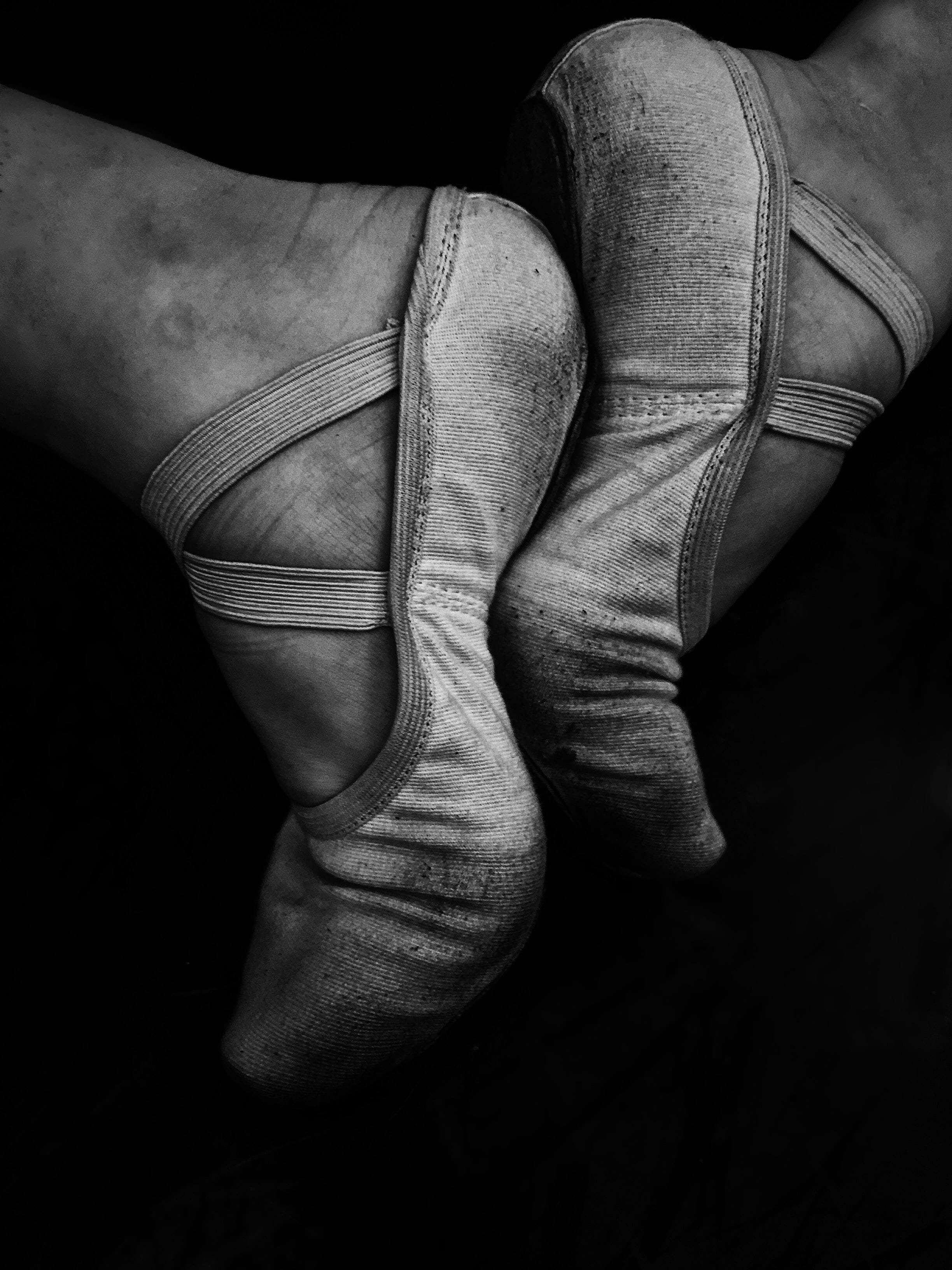The Battle Of The Ballerina’s Bunions
Similar to the general population, dancers are either genetically predisposed to bunions or not. Dancers, however, may be at a high risk of developing bunions as they are overexposed to risk factors – namely – tight fitting footwear (pointe shoes/ballet flats) and certain movements that allow for excessive straining of the big toe joint.
A bunion is basically where the big toe progresses towards the rest of the toes. The big toe joint (technically referred to as the metatarsal phalangeal joint) is where the head of the first metatarsal meets the first proximal phalanx and ballet dancers should not be having excessive strain placed on this joint for the majority of their pointe work.
Some dancers, however, may lack technique, lack strength or have a habit of wearing worn out point shoes and these individuals are at risk of experiencing excessive strain at this joint and if so, must address this ASAP. However, some movements dancers perform in pointe shoes cannot avoid moments of strain at this joint, for example; a developpé relevé devant followed by a tombe en avent or a piqué en arrière.
Bunions are a progressive deformity, so if they start prematurely then it will likely keep getting worse with time. The best thing we can do is address the cause and perform certain exercises to counteract any excessive motion at the joint in order to delay the progression of a bunion.
One concerning issue with bunions is the risk that they expose us to with age. An elderly individual with a severe bunion is at a much higher risk of falling as the big toe plays a critical role in maintaining your balance.
It is therefore important for dancers and teachers to be aware of excessive movement of this joint and correct it before it becomes a bad habit and a chronic condition. There are stretches and exercises we can do to counteract the development of a bunion that dancers can add into their daily conditioning. Additionally, we want to make sure we warm our feet up well before dancing and choose appropriate fitting dance shoes to ensure minimal strain is placed on the big toe joint.
The points below are descriptions of some great exercises you can do for bunion prevention
- Gentle mobilisation: When sitting down, pull your big toe away from the others by grabbing it and gently pulling it with your hand. Hold for 30 seconds and repeat 3-5 times. You can perform this a few times in a day. This helps to stretch the muscles that are contributing to the inward pull if the big toe.
- Abductor hallucis strengthening (muscle that abducts the big toe away from the others): Create a line on the floor by placing a pencil on the ground or use the line between tiled floors. Place the feet parallel, either side of the line and a few cm away from it. Then try to draw the big toe towards the line and hold for 5- 10 seconds. Repeat 10 times. If we strengthen this muscle it can help prevent the big toe drifting towards the others.
- Adductor hallucis stretch (muscle that adducts the big toe, pulling it towards other toes): When standing or sitting down, have the feet parallel on the floor about 10 cm apart. Get one thick rubber band and wrap the band around the big toes so that either ends of the band are pulling on the inside of the big toes. Allow the pull of that band to bring the big toes towards each other. Do this at the end of the day for a few minutes at a time. This will help to release the adductor hallucis after a big day dancing.
Article by Mia Cooper / TLB team Podiatrist
Instagram: https://www.instagram.com/hinterlandpodiatry/
Website: www.hinterlandpodiatry.com.au







